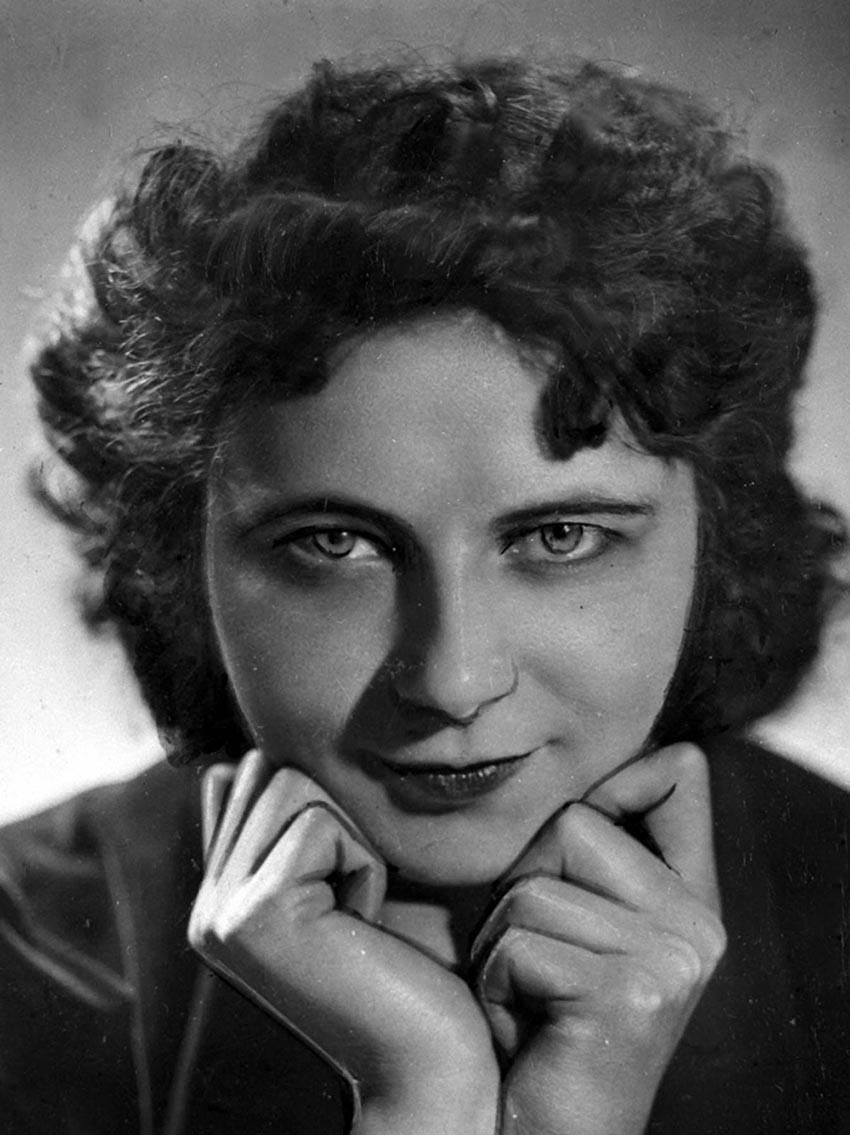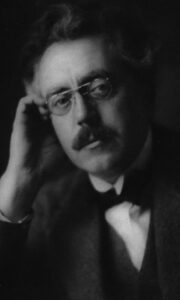Our first concert of 2024 consists of four incomparable but lesser-known works from different times, places, generations, and genders that enjoy primacy within their creator’s catalogs. Framed by music in the sobering key of D minor, our program begins and ends with works from France and England, conceived between 100 and 120 years ago. Between those two are the Inaugural gift from our BCMS Commission Club, Portraits by El Greco Book 1, created a decade ago to celebrate BCMS’s 30th anniversary season, and a sonata for oboe and piano by a celebrated Polish composer who also found fame in Paris and beyond as a violinist, pianist, teacher, and novelist.
After pairs of sonatas for violin and piano, cello and piano, piano quartets and piano quintets, Gabriel Faure’s only Piano Trio in D minor, Op. 120 is his last piece of chamber music with piano, followed the next years (1923-24) by his only string quartet. It is a three-movement work that bears many of the hallmarks of his ensemble style: simple melodic writing in unisons, octaves, or antiphonal response in the strings above a restless, searching, arpeggiated harmonic accompaniment in the piano reflective of his mastery of French song. It is primarily through his piano writing that Fauré builds, sustains, and releases tension over arcs of transcendent musical time.

George Tsontakis’s response to our invitation to inaugurate our commissioning project grew from his desire to memorialize the coincidental 400th anniversary of the death of Domenikos Theotokopoulos, the painter known as El Greco. Tsontakis chose to score his Portraits by El Greco Book I as a quintet for a collection of instruments that include a piano quartet plus clarinet, a mixture of ensembles and families among our BCMS Member Musicians. Since our series premiere, Portraits by El Greco Book 1 has been played and enjoyed on chamber series throughout the United States and around the world, enough to require the creation of Portraits by El Greco Book 2 in 2021-22, co-commissioned by Schubert Club, Festival Mozaic, Hellenic American Cultural Foundation, Colorado College Chamber Music and Arizona Friends of Music.
At our first performances of Portraits by El Greco Book 1 for the BCMS Commission Club, and for our Sanders audience, we projected on a screen above the players each of the seven paintings that George Tsontakis portrayed in music: Toledo, Pietá, Christ and the Money Changers, The Vision, Christ Carrying the Cross/ Entombment, and Annunciation. For our 2024 reprise we will forgo screen projection in favor of printing the images in the program book. They are scenes and iconography familiar to museum goers and adherents of Christianity alike. In El Greco’s hands, and in George’s, they are presented as a new representation of scenes and old truths—adapted from another place and time (Greece to Spain—Eastern to Western Christian practices) to our place and our time. These are told through music by employing figurations–rhythms, long pedaling both to smear piano notes and capture ensemble resonance, string scraping inside the piano, and even musicians’ voices in humming or chanting, and slow string glissandos to simulate weeping—‘extended techniques’ used ever more commonly in ensemble music of our time.

The name of one of Poland’s greatest composers, Grazyna Bacewicz (1909-1969), has yet to be as widely known as that of her male contemporaries. To know that she studied composition in Paris with Nadia Boulenger, violin with Carl Flesch, premiered her own transcription with piano of Paganini’s 24th Caprice, wrote a multiplicity of sonatas, concertos, quartets, and symphonies now grouped as early, middle, and late, is to offer a small indication of her talent, output, and importance.
Sonata for Oboe and Piano (1937) dates from her earliest, neo-classical period. It was written to showcase the playing of a favored oboist, Seweryn Snieckowski, for whom she had written a trio with violin and cello in 1935, and later, a sonatina with piano in 1955. Sonata (1937) is in three movements: the first based on a playful three-note motif; the second, a gracious waltz; and the third based on a five-note scale figure that appeared earlier in the first movement.

It is not unusual to end a BCMS program with a Romantically inspired piano trio, quartet, or quintet. For this concert we chose the impassioned Piano Quintet in D minor by Frank Bridge (1879-1942), which was last played on our series in March 2002. The Quintet is an early work that started out as a four-movement work in 1904 and ended up in three movements after revision in 1912. Its key of D Minor offers us the chance to return to the tonality of the three-movement Fauré Trio that opened the program, but in a richer chordal texture reminiscent of the harmonic world of Vaughan-Williams, Elgar and Walton who, in turn, were heavily influenced by Brahms. This concision may have been accomplished by having the second movement serve as both slow movement and scherzo with a return to its opening material. Bridge employs return to previous material as a means of unification on a larger scale of the whole piece as well by having the finale end with the closing theme of the first movement sonata form. We can happily place it among the most satisfying piano quintets in the repertoire.
Enjoy.
